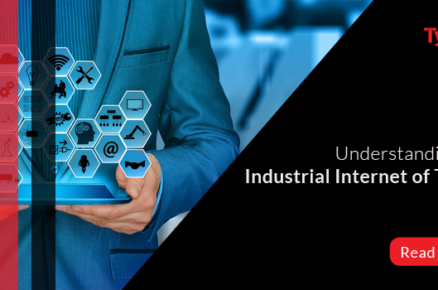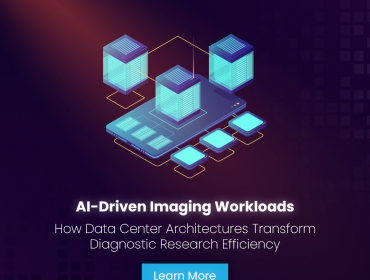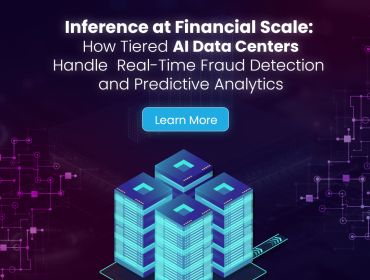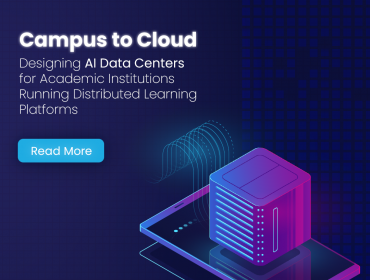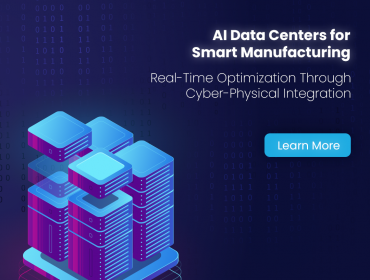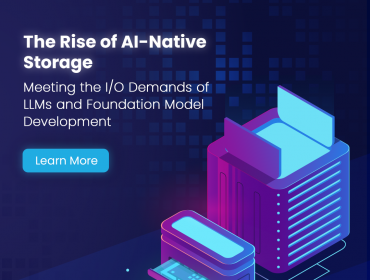Data center plays a very important role in the management of the core business. It is a fully protected environment that houses a collection of key IT assets that are extremely important to the operation of the company. It is a facility that centralizes an organization’s equipment and IT operations, as well as where it manages, stores and disseminates its data.
Designing, developing and deploying a data center on virtualization and cloud computing technologies is termed as Data center virtualization. In its strictest sense, virtualization refers to running two or more operating systems on one physical PC.
Datacenter and Virtualization Architecture is a complete infrastructure that combines computing, networking, security, virtualization, and management solutions in a framework that delivers outstanding performance for physical and virtualized business applications. It primarily enables virtualizing physical servers in a data center facility along with storage, networking and other infrastructure devices and equipment.
Either the multiple operating systems run side-by-side, with a separate piece of software called a hypervisor used to manage them, or one operating system runs the other operating systems within program windows. Here are some key benefits of data center virtualization:
1: Low heating
Millions of dollars have gone into the research and design of heat dissipation and control in the data center. But the cold, hard fact is, all of those servers generate heat. The only way around that? Use fewer servers. How do you manage that? Virtualization. By virtualizing your servers, you’re using less physical hardware. When you use less physical hardware, you will generate less heat. Generate less heat in your data center and the issues go away.
2: Efficient and reduced cost
Hardware is mostly the costliest in the data center. Reduce the amount of hardware used and the result will be that you get a reduction in your cost too. But the cost goes well beyond that of hardware — lack of downtime, easy to maintain and less electricity used. Overall, this adds up to significant cost savings in total.
3: Simpler backups and advanced disaster recovery.
You can do full backups of your virtual server, as well as you can do backups and snapshots of your virtual machines. These virtual machines can be moved from one server to another and can be redeployed easily and faster. Disaster recovery is quite a bit easier when your data center is virtualized.
4: Advanced testing
There is no better testing environment than a virtual one. If you make a tragic mistake, all is not lost. Just revert to a previous snapshot and you can move forward as if there was no mistake that took place. You can also isolate these testing environments from end users while still keeping them online. Once you gain perfection in your work, you can deploy it live.
5: No vendor lock-in
One of the many best things about virtualization is the abstraction between software and hardware. This means you don’t have to be dependent on one particular vendor. The virtual machines don’t really care what hardware they run on, so you’re not tied down to a single vendor, type of server, or even platform.




